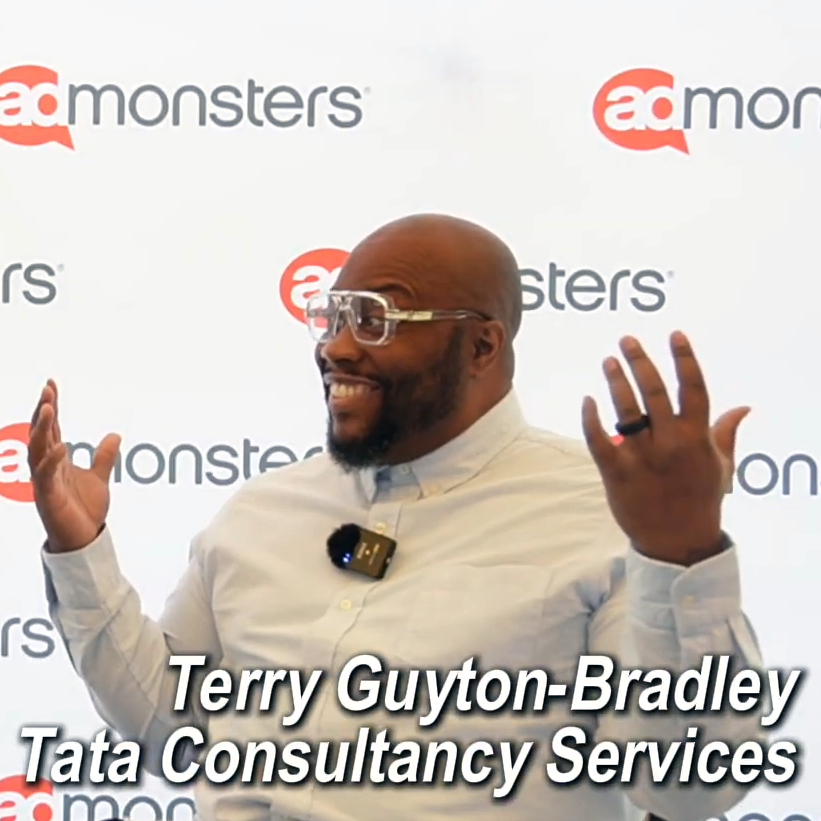(DirectTips) What does Matt Malloy have to do to get you out of that car today?
According to Malloy, vice president of marketing for Zipcar, an up-and-coming car-sharing service, all it really takes is good word of mouth, a highly automated online system, and an e-mail newsletter full of engaging content.
The notion of paying a small annual fee to join a group and gain access to a car when you need one has long been popular in Europe, and Malloy says it’s catching on here among urbanites for whom car ownership and maintenance are impractical. Zipcar currently numbers 40,000 members and runs a fleet of 700 cars in Boston, New York and Washington, D.C., as well as several college campuses in North Carolina and California. After a successful round of institutional funding in July, the company is getting set to expand nationally and is now studying growth into West Coast markets. Other car services—some of them non-profit—are already up and running in San Francisco, Portland, OR, and Seattle.
One thing that distinguishes Zipcar’s offering, he says, is ease of use. Members register on the company’s Web site, www.zipcar.com, and provide the information needed to run driver’s license and insurance checks. If they pass, they receive a Zipcard with a registration number. Users can then go back to the Web site and into a car reservation section, where they can select a car to drive either by the hour or by the day, with hourly rates starting at $8.50 and daily at $59—substantially less than it would cost to rent from an agency.
Those cars, hundreds per urban location, are strategically located around their city markets. “We like to say that members are never more than five minutes’ walk from a Zipcar,” Malloy says. The Zipcar system knows when a given car was reserved and by which member. When that time comes, the member can hold his Zipcard up to the windshield, and a dashboard-mounted card reader automatically unlocks both the door and the engine. Zipcar’s proprietary systems are so deeply embedded in its fleet that burglars couldn’t steal the car even if they broke in and cracked the steering column, according to Malloy.
Users can also phone in a car reservation. When they do, the system checks to find out if their calling number is on file; if it is, intelligent voice recognition technology will direct the caller to one set of phone options if the caller has an open reservation on file– asking for example if roadside assistance is needed. If the caller has no current reservation, the system will lead to reservation setup and will even remember the last few cars the caller drove and offer those choices first.
Within its markets, Zipcar has mostly relied on word of mouth for marketing, together with strategic public relations, some transit ads, and appearances at selected events. Malloy says Zipcar gets strong word of mouth from its users because it lets them choose from a wide range of vehicles, from the Ford Focus to the VW Jetta or the Mini Cooper convertible, with pickups or Honda Elements for hauling. (The company counts about 400 small businesses among its clients. “They find it cheaper to use our trucks at our business rates than to maintain their own stock,” Malloy says.) With the exception of some top-line Audis, most cars carry a small logo on the passenger side and a Zipcar bumper sticker.
Starting last May, they also carry XM Satellite radios at no extra charge. “We’ve spent a lot of time trying to create a fun, urban brand around Zipcar,” Malloy says. “Another competitor in the marketplace offers a fleet that is 85% Honda Civics. But we feel you need to offer a choice that is aspirational, something better that people can have today. These are fun, sexy cars, and that makes for great word of mouth.” Zipcar fosters that viral marketing by making it easy and profitable to recommend the service to friends.
Consumer education is half the battle with a new service such as this, and for Zipcar that all happens at the Web site, where potential members can read a long FAQ detailing requirements and study comparisons to the cost of either owning or renting a car. That Web site is the hub for Zipcar’s automated self-service. It saves clients time and the company money, but it also means that Zipcar needs to find other ways to stay engaged with their subscriber base.
“That’s why I’m such a big proponent of e-mail, and of the Constant Contact platform that makes it easy to participate in the design and mailing process,” Malloy says. The second Tuesday of every month, Zipcar sends out a “rather robust” newsletter uniquely tailored to each of its markets. Some of the content is operational: “We can tell people what kind of gas to put in the cars, or remind them to read the special instructions that come with the Toyota Prius hybrid cars,” he says. The letters also detail Zipcar’s involvement in local community activities, from Big Brother/ Big Sister events to driving AIDS drugs to the airport for shipment to third-world countries.
They also contain special offers for members from local merchants. A recent issue for the Boston market dangled free coffee from Toscanini’s in Cambridge, MA, for Zipcard holders, as well as links for the Newport Jazz Festival and directions and driving time to the miniature golf course favored by Boston staffers.
“We do things in the newsletter that make it more of a pull marketing tool than a push,” Malloy says. “Occasionally, we’ll run a ‘caption this photo’ contest, and we often run active surveys of the membership. It’s all about brand engagement, and we find it works very well.”
 Network
Network



